The Tangled Web of Stan Lee's Legacy
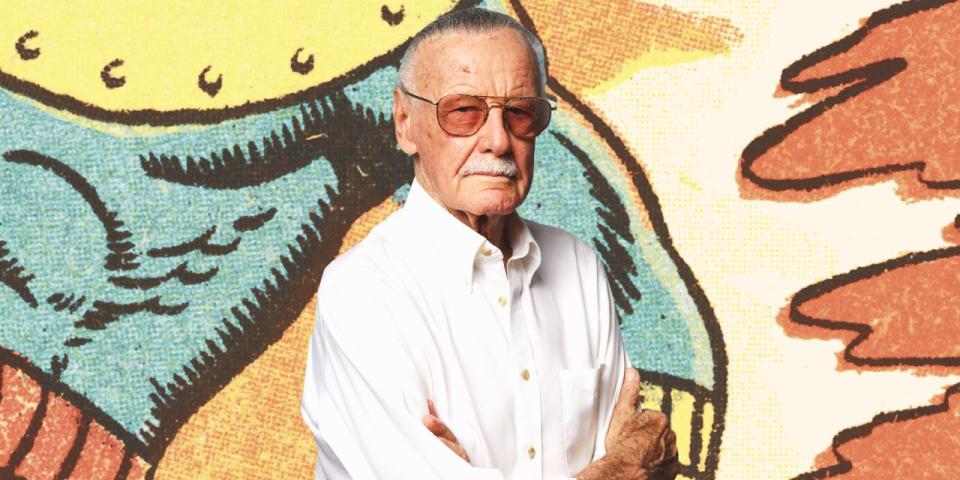
Growing up, comics were my life. Once every couple of months we would take the bus for over an hour into the center of London where we'd enter the hallowed halls of the famous comic-book shop Forbidden Planet. I'd dig in the short boxes to find my favorite characters, which consisted most prominently of the X-Men.
As I read more, a mysterious figure emerged. His name was plastered on the covers of second-hand trade paperbacks: "Stan Lee Presents," it said. But when I looked in the credits, I found he often wasn't included. Sometimes I'd read his thoughts in an old copy of a comic in his famed Stan's Soapbox column, or see his editor's notes, and as I grew older, and wanted to learn more about the making of comics, I realized he had held the enigmatic and powerful sounding role of editor-in-chief of Marvel Comics, where many of my favorite stories lived. Who was this strange character?
Stan Lee was undoubtedly a masterful storyteller. His talent in crafting modern mythology is what defined his career as he built a pop culture empire out of the stories he told on and off the page. When Lee died on Monday at the age of 95, the world reflected on the legacy he left behind. Though his impact on comics and pop culture was nothing less than seismic, his path to becoming a legendary figure was fraught with disputes over creator rights, and near the end of his life, even accusations of sexual harassment.
Though his impact on comics and pop culture was nothing less than seismic, his path to becoming a legendary figure was fraught with disputes over creator rights. In an age when we're finally having open conversations about abuse of power, how do we look back on a man known for championing inclusion, but who some built his career on the work of others?
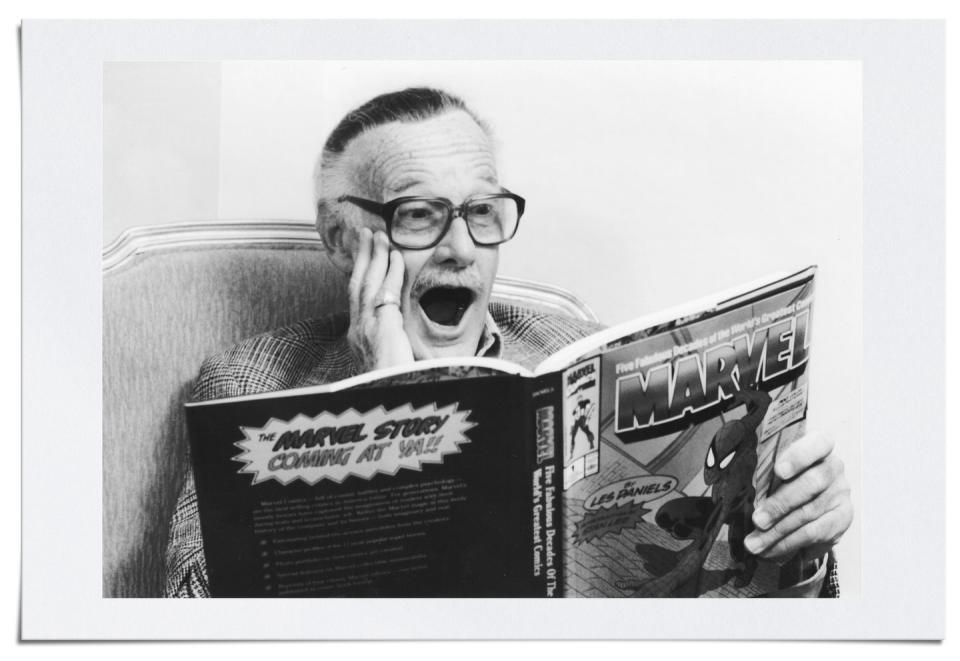
Stanley Lieber's own origin story begins when he joined Timely Publications-now Marvel Entertainment-as an assistant the year it was founded in 1939. He was made interim editor at the age of 19, essentially growing up in the Marvel Bullpen. During his time as an active part of the publishing company, Lee had a hand in creating some of the most famous superheroes of all-time.
Lee was tremendously skilled as a spotter of a talent. He was also a razor-sharp editor, but in the early days of Marvel Comics, he often held the title of writer as well. During this period, he's credited with co-creating many titans of serialized storytelling. Alongside the luminary Jack Kirby-one of the most iconic comic-book creators of the 20th century-Lee's co-creations included Iron Man, Ant-Man and The Wasp, Black Panther, Fantastic Four, X-Men, Hulk, Thor, and The Avengers. Daredevil was co-created with Bill Everett, one of Marvel's original Golden Age cartoonists. And, of course, Lee worked with Steve Ditko to create Spider-Man (as well as Doctor Strange, though many accounts, including this letter from Lee himself, suggest the idea of the sorcerer was more Ditko's than Lee's).
Lee's ambition and propensity for self-promotion while spinning his personal legend, however, often saw the efforts of his creative collaborators diminished or erased. Many of Lee's artistic collaborators were effectively co-writers on all of his stories thanks to the infamous "Marvel method." This has become shorthand within the comics industry as a way to describe the pressure to push out as many comics as possible; the artists who drew the books often worked from vague plots instead of full scripts, deciding for themselves what and how much was seen on each page. Despite their contributions, these artists were rarely acknowledged with writing credits in the books.
At the time, this process was the norm for the publisher, as Marvel and its competitor, DC Comics, were essentially building the industry around themselves. There is, of course, nothing wrong with artists co-writing the books-comics are a collaborative effort. But as the characters rocketed in popularity, it became an issue for those artists who were not being recognized for their contributions.
Jack Kirby is probably the best-known of Stan's collaborators and was not only a stunning artist, but also a brilliant creative mind. One of the prominent examples of Lee taking credit for another creator's ideas is Marvel's First Family, the Fantastic Four, who were clearly inspired by Jack's previous comics, Challengers of the Unknown. Over the years, Lee stated on multiple occasions that he was primarily responsible for creating the Fantastic Four. During a 2010 trial between Kirby's estate and Marvel, Lee said in a deposition: "It was my responsibility to come up with such a team. And I dreamed up the Fantastic Four, and I wrote a brief outline. And at that time, you know, I gave that to Jack Kirby, who did a wonderful job on it."
This differs greatly from Kirby's version of events, who, in an interview with Rocket's Blast Comicollector in 1971, stated that the Fantastic Four was "all my idea. It was my idea to do it the way it was; it was my idea to develop it the way it was. I'm not saying Stan had nothing to do with it, of course he did."
Lee didn't just publicly take credit for the ideas of others, he was happy to allow credit to be given to him alone. An example of this is a video from the CBC archives showing Lee on a 1980 game show called Beyond Reason in which he's introduced as a cartoonist-though he never drew any of Marvel's comics. Also, he is introduced as the creator of Spider-Man and the Incredible Hulk, but does not mention that he was, in fact, a co-creator who worked with others to give life to these characters.
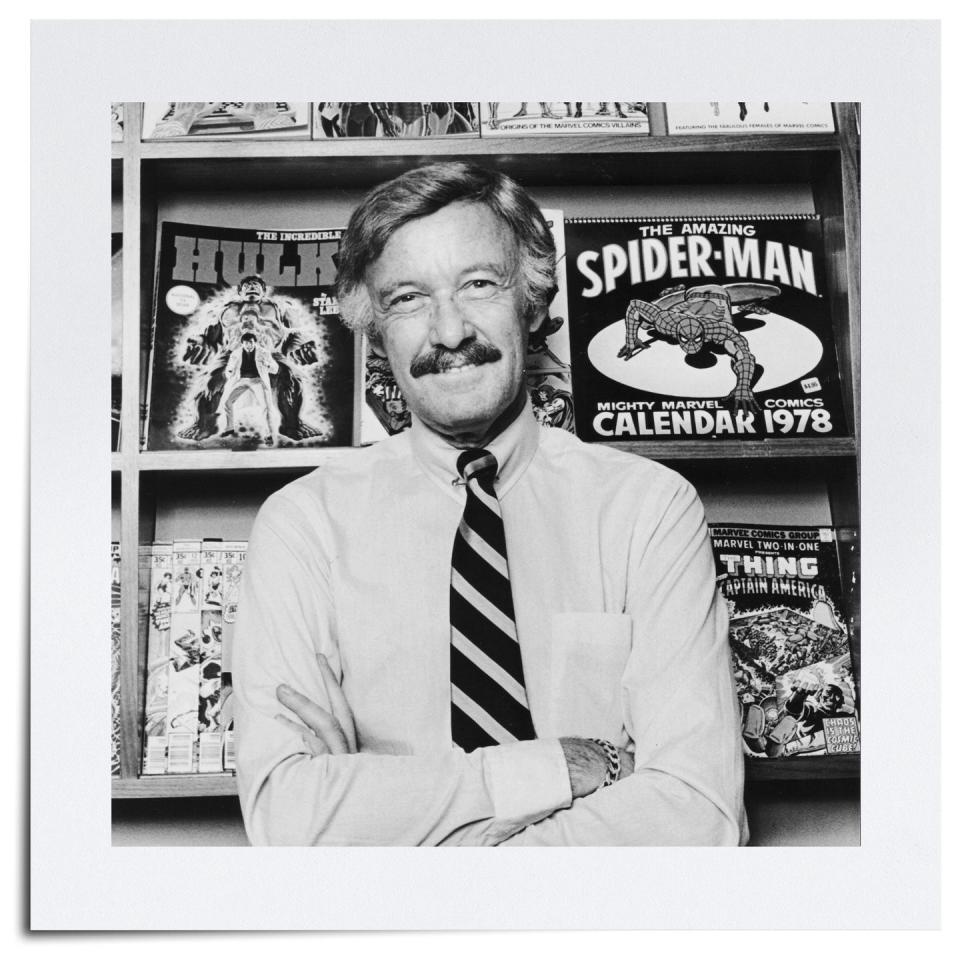
Thriving in the virtually lawless comic-book business of the mid-20th century, Lee quickly established himself as the face of Marvel Comics. During a long tenure as editor-in-chief, he became a public figure and did some of his most vital work as an advocate for comics. By the late '60s, Marvel Comics had gained a cult status among college students for its psychedelic visuals and out-there storytelling in books like Doctor Strange and Thor, which led to Lee's invitations to talk at a number of universities in North America. He also used his platform to support the Civil Rights Movement and denounce racism in a now-famed edition of Stan's Soapbox column, which was his trademark monthly column.
It was somewhere between the departure of Ditko and Kirby-two of Lee's most prolific collaborators-that Stan began his shift from a hands-on editorial role to a company figurehead. Both artists left after frustration with lack of credit and payment. In the book Marvel Comics: The Untold Story, Sean Howe describes the disparity between how creators and artists were often treated, particularly when Lee received a five-year contract with a provision for a raise, while Kirby, instead of getting a contract, received a loan from Marvel's parent company with six-percent interest.
Though Kirby would later say he didn't remember why he left, Ditko spoke regularly about his poor treatment in his later works. In The Avenging Mind, Ditko explained his feelings about the Marvel mindset: "The implication is that only Lee has 'ideas.' Only Lee did anything purposefully. The rest of us artists, well, let's face it, we're just 'lucky.'"
In 1990 Kirby gave an incredible in-depth interview with The Comics Journal, which has become a major moment in comic book history. Not only does Kirby state that "it wasn’t possible for a man like Stan Lee to come up with new things," but he also talks at length about how he wrote and plotted his most famous works, not Lee. He said at the time:
No, I dialogued them. If Stan Lee ever got a thing dialogued, he would get it from someone working in the office. I would write out the whole story on the back of every page. I would write the dialogue on the back or a description of what was going on. Then Stan Lee would hand them to some guy and he would write in the dialogue. In this way Stan Lee made more pay than he did as an editor. This is the way Stan Lee became the writer. Besides collecting the editor’s pay, he collected writer’s pay. I’m not saying Stan Lee had a bad business head on. I think he took advantage of whoever was working for him.
After Ditko left Marvel, he worked at Charlton and DC Comics, but retired from mainstream comics in the '90s when he began extensively making creator-owned work and spoke often of his mistreatment by Lee and Marvel. In 2002 he published The Avenging Mind, a collection of essays that primarily focused on Lee and the creation of Spider-Man. The illustrated self-published 'zine includes now-famous quotes that questioned the extent of Lee's contributions, including one essay in which Ditko claimed, "Lee had nothing to do with the S-M [Spider-Man] costume."
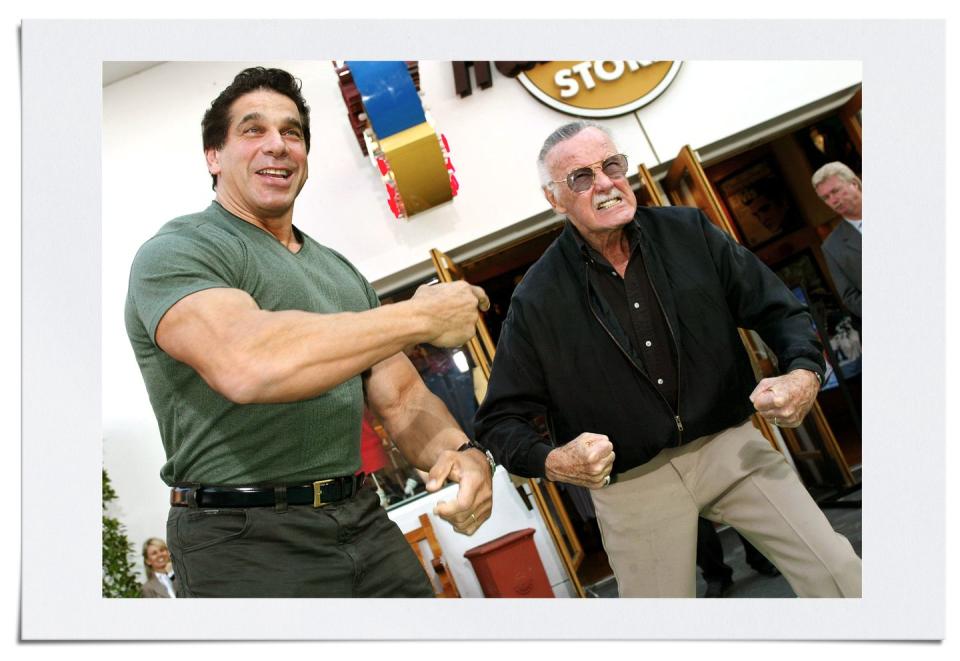
Questions about Lee's contributions to Marvel's most famous characters became as big as the comics themselves. Howard the Duck creator Steve Gerber sued him over the rights to the comedy character. The suit was eventually settled out of court with Gerber acknowledging that he created the character while on contract for Marvel, meaning rights to Howard the Duck did indeed belong to the comic book empire. Later in his life, Lee even testified in depositions supporting Marvel as Kirby's estate attempted to gain back its rights or increase compensation for its creations; it was in this lawsuit that he claimed to be primarily responsible for creating characters like the Fantastic Four, the X-Men, the Incredible Hulk, Spider-Man, and Daredevil. In 2014, Marvel settled with the estate for an undisclosed amount, with the family stating, "Marvel and the family of Jack Kirby have amicably resolved their legal disputes, and are looking forward to advancing their shared goal of honoring Mr. Kirby’s significant role in Marvel’s history."
Lee's flair for self-mythologizing was the key to his celebrity status. Lee often talked about the friends he had made and the men he admired (for example, Playboy founder Hugh Hefner, who would later be riffed on in one of his famed Marvel cameos). In a 2014 interview with Playboy, Lee described how Hefner was someone to whom he looked for inspiration: "I was always looking at people who were doing better than I was and wishing I could do what they were doing-Steven Spielberg or a writer like Harlan Ellison, or even Hugh Hefner. Part of me always felt I hadn't quite made it yet."
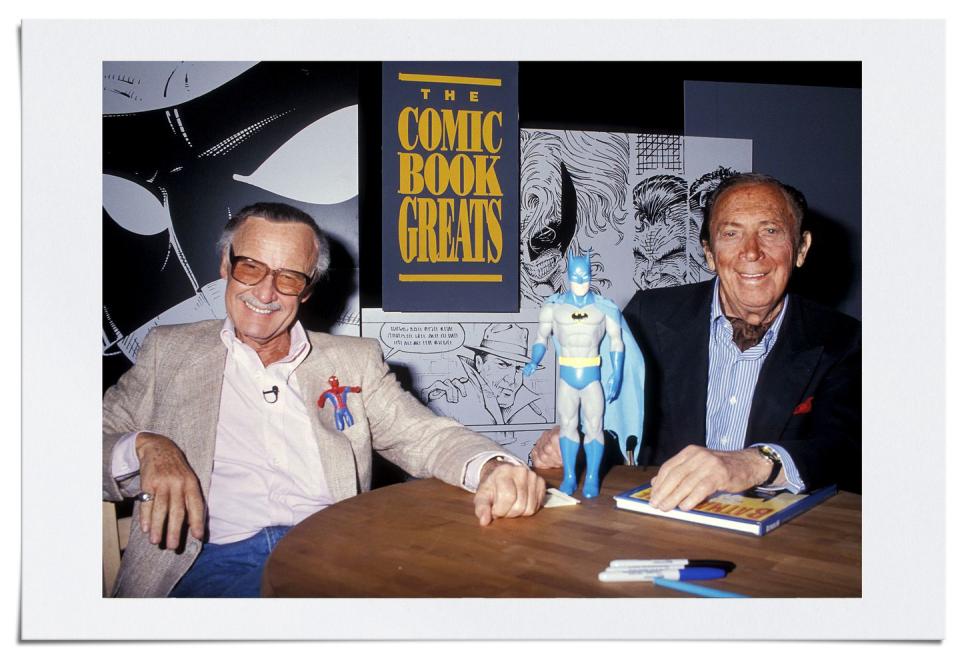
Another peer and icon for Lee was Batman co-creator Bob Kane. In an interview with Grantland, Lee applauded Kane's business acumen: "Now, a guy like Bob Kane, who did Batman-the minute he did Batman, he said, ‘I wanna own it,’ and signed a contract with DC. So he became reasonably wealthy." Both men were successful publishing icons who wove a myth of self creation-a type of solitary success built upon their ideas alone. (Kane himself has been criticized for spending his life fighting to hide other artists and contributors to Batman, most notably Batman's co-creator Bill Finger.)
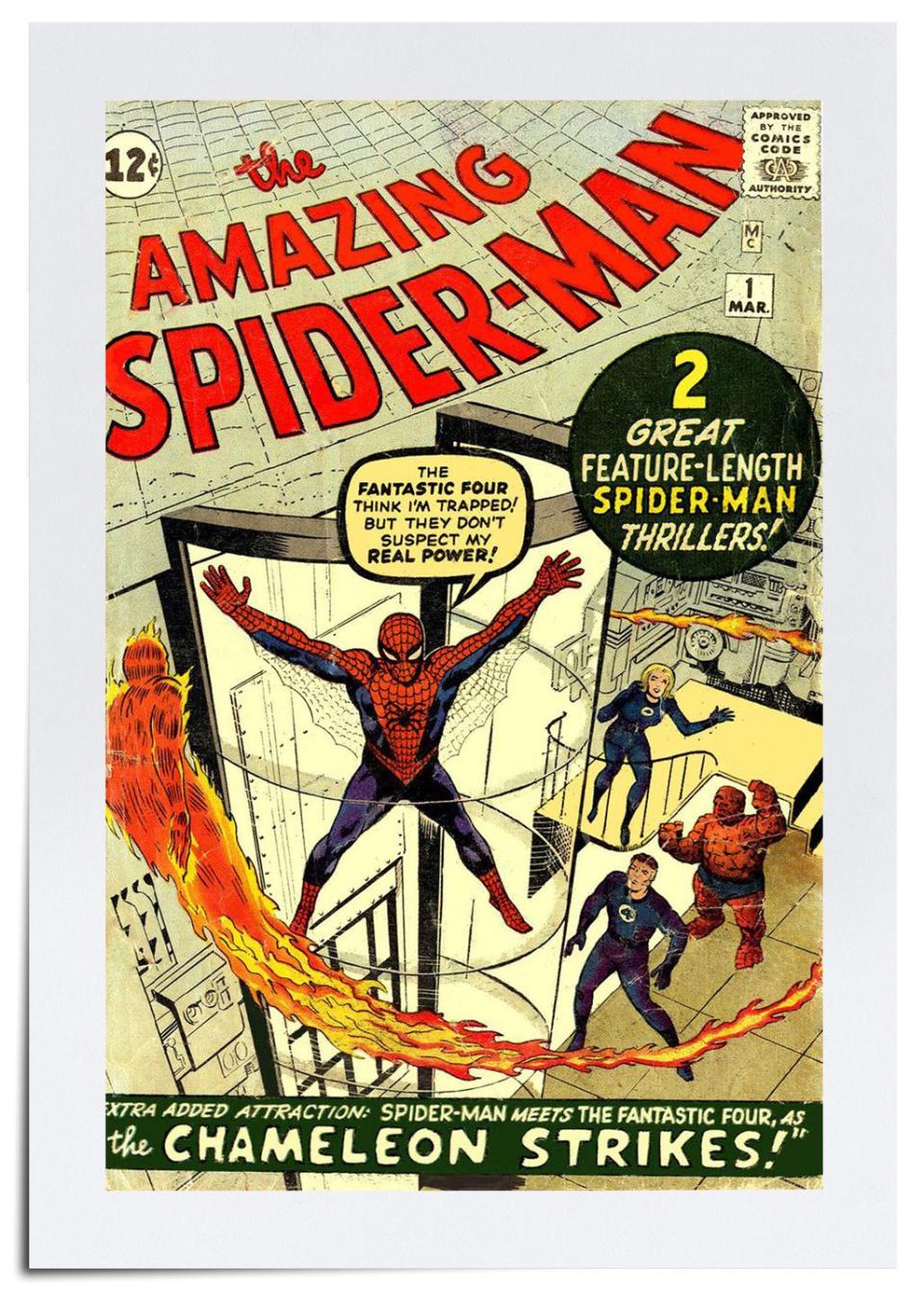
That he saw himself in these hyper-masculine lone wolf figures-whose entire personal legend was based on the projected idea of a success that they, and only they, built-helps explain why Lee crafted a personal mythology that he created Marvel of his own blood, sweat, and tears.
What's interesting is this idea of the lone hero is also something Lee brought to life in his most famous stories. His characters often reflected this independent idea of hyper-masculinity. Peter Parker was a nerdy, solitary outcast-one who chose a lonely life keeping his identity of Spider-Man a secret from the people he loved. Bruce Banner was a man defined by his anger and the brute strength he channeled as the Hulk. He was a man who pushed anyone who could help him away, preferring to solve his problems alone.
The contemporary legend of Stan Lee was aided by the vital role he played in getting Marvel's properties adapted for the screen, leaving behind his role as publisher and moving to Hollywood with his wife Joan in the 1980s to act as a more general brand ambassador. This was also where Lee would begin his signature tradition of making cameos in Marvel adaptations, including his first live-action appearance in the 1989 TV movie, The Trial of the Incredible Hulk. By then, Lee was a well-known face and voice for comics fans, who knew him from Stan's Soapbox column as well as his narration in cartoons like Spider-Man and His Amazing Friends and The Incredible Hulk.
As the comics industry and the company he once ran entered an (albeit brief) boom in the '90s, Lee stayed focused on animation. After that same bubble burst, Marvel teetered on the edge of collapse, and Lee entered into a new purely symbolic role at the company-that of Chairman Emeritus. Essentially, the title meant he had nothing to do with the day-to-day organizational side of Marvel, but it made him a figurehead and gave him an executive producer credit on all of its adaptations. As he moved away from the interior workings of Marvel, he began to focus more on crafting his own entertainment company, first with the failed Stan Lee Media and soon after with POW! Entertainment, which seemingly existed to license Lee's name and likeness to non-Marvel projects.
In Lee's later years, the brand he built became slowly diluted by multiple properties he had barely anything to do with baring his name. Where the words of Lee were once seen as a seal of quality, they became tarnished as they appeared on more and more tangentially-connected merchandise. Even today, you can wander into strip mall art galleries and find huge canvases painted with the covers of comics that Stan had nothing to do with.
As the 2000s began, a last gasp attempt to pull Marvel out of bankruptcy accidentally gave Lee a second wave of fame and popularity, as Marvel Studios and the Marvel Cinematic Universe were born out of a desperation to save the struggling publisher. The gamble on film production paid off, and though Lee had cameos in the popular X-Men and Spider-Man film series, it was with his prominence in the Marvel Cinematic Universe that he took on the role of pop culture icon that defined his later years. In the last decade, Lee became a sort of adoptive grandfather to the sprawling franchise and its fans, appearing on the media circuit to spin tall tales about the characters he created and how they ended up on the big screen.
The last few years saw an elderly Lee plagued by legal troubles over the rights to his estate, along with allegations of sexual harassment. In early 2018, the Daily Mail reported that the owner at the nursing company hired to care for Lee said "Stan has sexually harassed every single nurse that has been to the house." Lee denied these claims, saying he had done "absolutely nothing wrong."
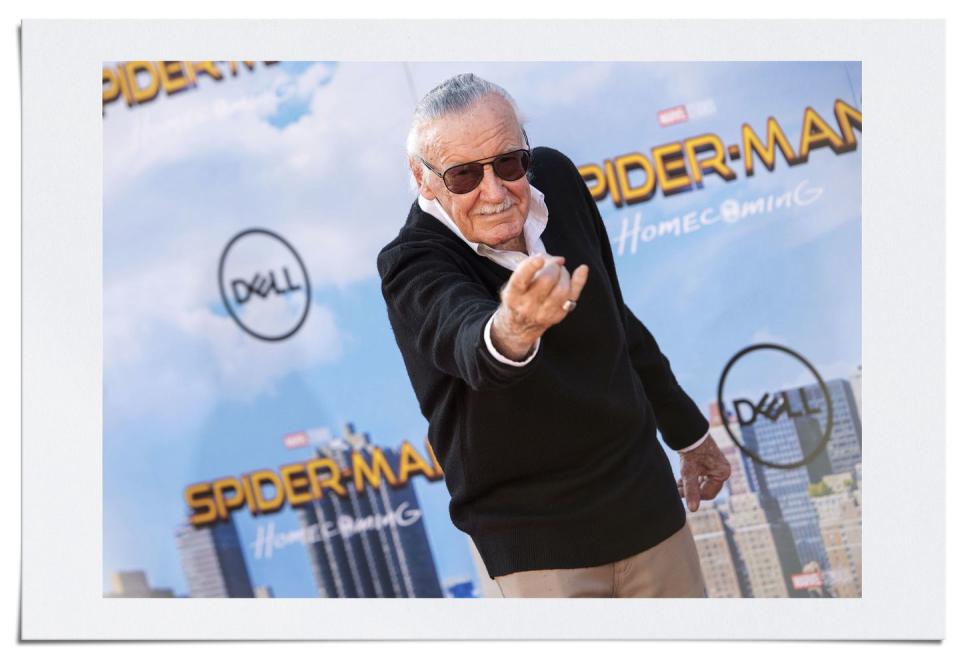
When we talk about legacy it's not only about Lee's personal impact, both good and bad, but also the ripple effect on the company with which he is synonymous. Sadly, despite multiple lawsuits over the years, Marvel's record on creator rights is not much better than it was back then. In fact, in the last couple of months, the publisher is back in the spotlight for scrapping a highly anticipated-and almost completed-comic from author Chelsea Cain and artist Aud Koch before the first issue was released. Cain has been critical of the industry as a whole and its culture of fair attribution, payment, and contracts. It can't be said that the comic industry's reliance on freelancers and work for hires are Lee's fault-they aren't-but we can look back back and draw the line from Lee's golden era to the worrying business practices that plague the industry as a whole today.
So how do we remember Stan Lee? For a man whose contributions are so undeniably vast and important, the immediate reaction is to remember him as a hero. Lee's success would never have happened without the people that he erased and sometimes exploited to get to where he was. While we remember Lee for the empire he built, it's also vital to remember the people who helped him. Like all human beings, Lee was flawed, but his passion and advocacy for comics was vital in keeping the medium alive. The characters he helped create often represented the best of us, even when he himself couldn't.
Perhaps the most appropriate way to respect his impact is to remember the whole ambitious man, including his mistakes, and to work to create a better landscape for creators, to make sure they're compensated and credited appropriately. Even in eulogizing him, we can try and live up to possibly the most famous words credited to Lee: "With great power comes great responsibility."
('You Might Also Like',)
